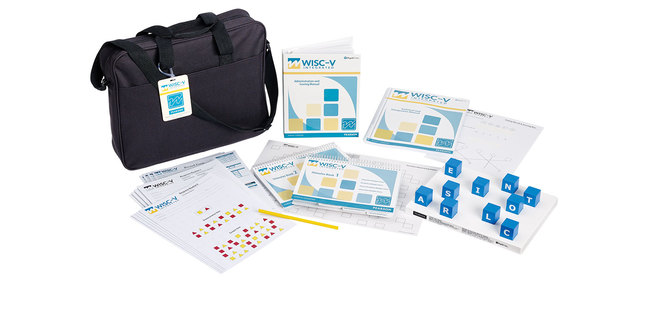The Wechsler Intelligence Scale for Children® Fifth Edition, Integrated (WISC-V Integrated) includes 14 subtests that provide insight into a child's WISC-V performance and approach to learning.
Wechsler Intelligence Scale for Children | Fifth Edition, Integrated
WISC®-V Integrated
The Wechsler Intelligence Scale for Children® Fifth Edition, Integrated (WISC-V Integrated) includes 14 subtests that provide insight into a child's WISC-V performance and approach to learning.Choose from our formats
Trousses
Trousses de démarrage et trousses complètes, imprimées et numériques
1 option
Formulaires & rapports d'essai
Livrets, formulaires d'enregistrement, livrets de réponse, rapports d'utilisation et abonnements
7 options
Matériels de soutien
Manuels, livres de stimulation, articles de remplacement et autres matériaux
8 options
Tous les produits
Tous les tests et matériaux proposés pour WISC®-V Integrated
16 options

